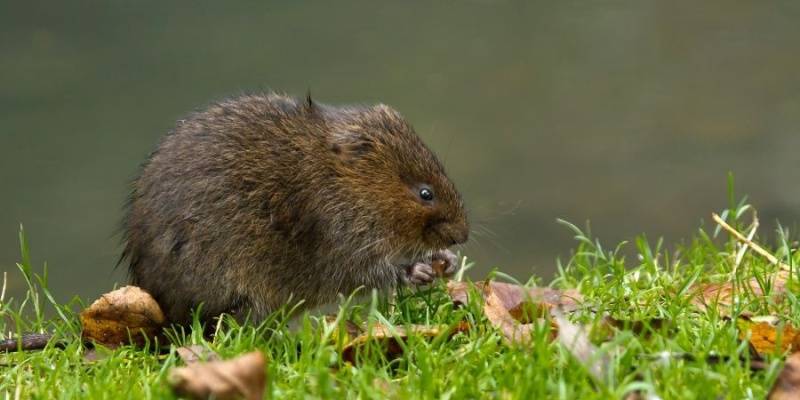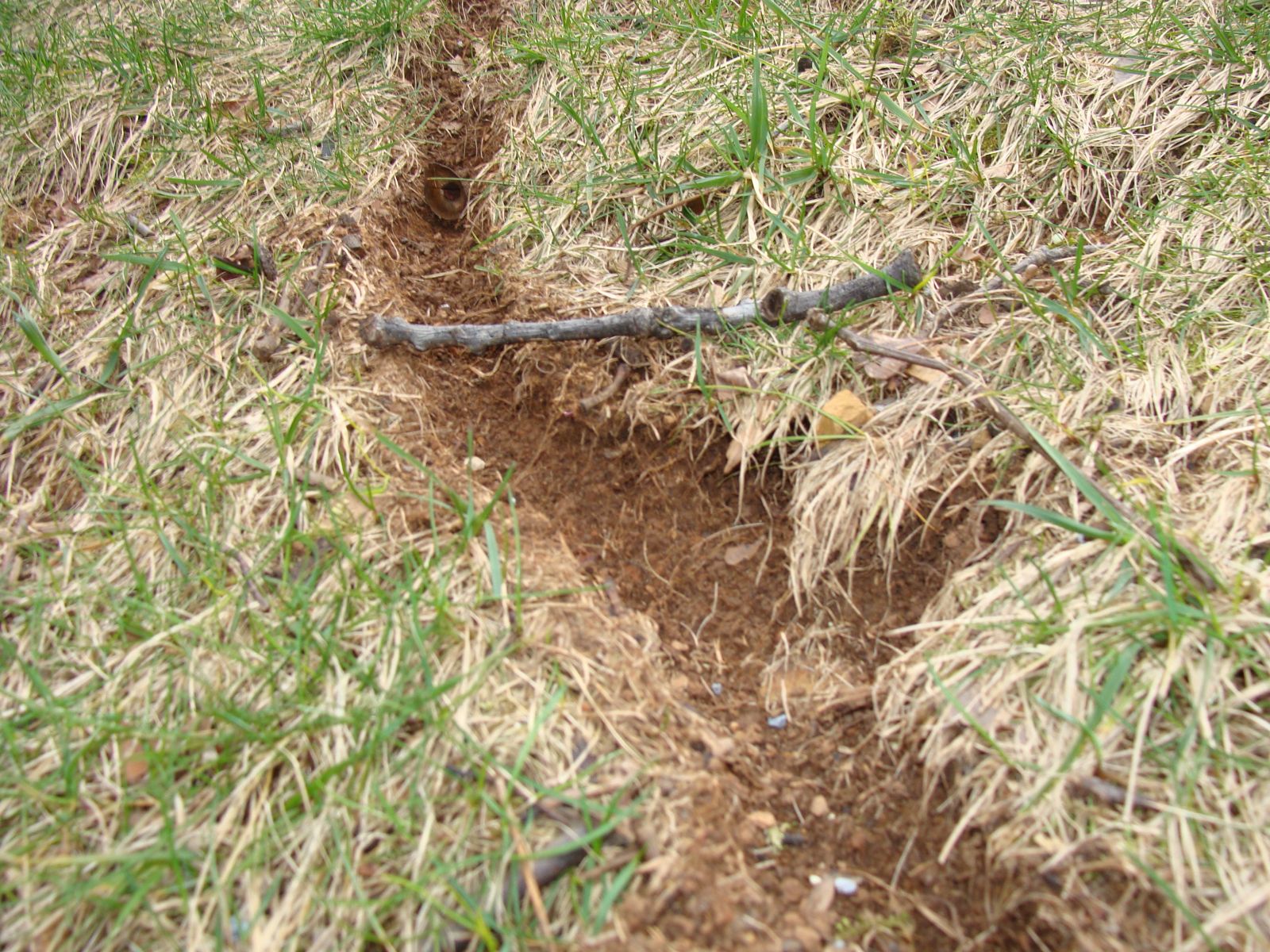Proven Vole Control Methods to Safeguard Your Property
Proven Vole Control Methods to Safeguard Your Property
Blog Article
Grasping Vole Bug Control: In-depth Insights on Infestation Prevention and Treatment Techniques
As homeowner and caretakers, the presence of voles can position a considerable difficulty to keeping the honesty of our exterior rooms. Understanding the intricacies of vole behavior is essential in establishing effective insect control techniques. By identifying the refined signs of vole invasion beforehand, we can take aggressive measures to avoid extensive damages. In this discussion, we will explore the subtleties of vole behavior, look into the identification of invasion indicators, and uncover one of the most effective prevention and treatment approaches. Remain tuned to discover the insights that will certainly equip you to grasp vole pest control and secure your property versus these elusive rodents.
Understanding Vole Habits
Examining the foraging patterns of voles uses important understandings right into their habits and habitat preferences. By observing their foraging actions, researchers can acquire a better understanding of where voles prefer to establish their habitats and the level of their environmental impact.
Study indicates that voles show selective feeding habits, favoring seeds, origins, and bulbs. This dietary preference influences their foraging patterns, leading them to locations abundant in plant life and ground cover. In addition, voles are recognized to produce elaborate passage systems for foraging and nesting functions, showing a high level of versatility to their environments.
Understanding vole habits is crucial for executing targeted parasite control measures that interrupt their habitat preferences and foraging activities (vole control). By studying their behavior, specialists can create a lot more efficient avoidance and therapy strategies to handle vole problems

Identifying Indications of Vole Invasion
Vole problems can be detected by acknowledging specific indicators of their existence in an area. One of one of the most common signs of a vole invasion is the presence of surface area runways. Voles create networks of narrow paths on the ground that are normally around two inches vast. These paths are frequently found in grassy areas or beneath compost or ground cover where voles can relocate easily and look for food.
An additional key sign of vole problem is the existence of tiny burrow openings in the ground. Voles dig shallow burrow systems with several entries and exits. These burrows act as sanctuary and nesting websites for the voles. Additionally, voles are understood to leave chewed plant stems, roots, and light bulbs near their burrow openings, showing their feeding activity in the location.
Discovering these droppings along paths or near burrow openings can confirm a vole invasion. By being vigilant for these indications, property owners can without delay address vole infestations and avoid additional damage.
Applying Aggressive Prevention Procedures

Furthermore, using all-natural vole deterrents like castor oil-based repellents or predator pee can serve as effective safety nets. It is likewise recommended to frequently evaluate outside spaces for any kind of indications of vole activity, such as paths or tunnel openings, to resolve prospective problems immediately. vole lawn damage. By adopting these aggressive prevention methods, residential property owners can considerably decrease the likelihood of vole damages and maintain the wellness and visual appeals of their landscapes
Efficient Treatment Methods
Incorporating targeted trapping approaches and using accepted rodenticides are essential parts of effective therapy strategies for handling vole problems. Trapping can be an effective way to decrease vole populaces, especially when put purposefully in their active runways. Snap traps and live traps can both be reliable, with the last allowing for the capture and moving of voles. When using rodenticides, it is important to comply with safety and security guidelines to stop injury to non-target animals and family pets. Area rodenticides in protected lure stations to decrease risks to unexpected targets. In addition, habitat modification, such as minimizing ground cover and getting rid of resources of food, can aid hinder voles from infesting a location. Regular surveillance and upkeep are likewise essential elements of successful treatment approaches to make certain that vole populaces are maintained under control. By integrating trapping, rodenticides, habitat modification, and consistent monitoring, reliable vole pest control can be achieved.
Surveillance and Maintenance Tips
Regular monitoring enables for the very early discovery of vole task, making it possible for prompt intervention prior to problems get worse. To efficiently keep an eye on vole populaces, tactically positioned catches can be made use of in vole paths vole control or near burrow entries.
In addition, keeping a clean and clean landscape is crucial in vole avoidance. Clearing up away particles, such as heaps of timber or thick plants, removes prospective vole environments. Consistently trimming yards and cutting vegetation helps in reducing vole hiding areas and reduces their access to food resources.
Moreover, continuous maintenance of physical barriers, such as fencings or cord mesh, is essential to stop vole breach. Evaluating and repairing any kind of problems to these frameworks makes sure that vole control stays efficient in protecting homes from infestations. By incorporating these surveillance and upkeep methods into a comprehensive vole parasite control strategy, individuals can properly handle vole populations and safeguard their residential or commercial properties from damage.
Final Thought
To conclude, mastering vole bug control needs a solid understanding of vole behavior, the capacity to recognize indicators of problem, carrying out proactive avoidance steps, effective therapy strategies, and constant monitoring and upkeep. By taking an extensive strategy to vole control, people can properly handle and prevent invasions, ultimately securing their home and bordering setting from damage triggered by these tiny rodents.
In this conversation, we will check out the subtleties of vole behavior, dig into the recognition of problem indicators, and discover the most reliable prevention and therapy approaches.Integrating targeted capturing methods and utilizing authorized rodenticides are essential components of efficient therapy techniques for handling vole problems. To effectively keep track of vole populations, purposefully positioned traps can be utilized in vole runways or near burrow entryways. Checking and fixing any kind of damages to these structures guarantees that vole control stays efficient in guarding properties from infestations. By incorporating these tracking and maintenance methods into an extensive vole bug control strategy, people can properly take care of vole populaces and shield their properties from damage.
Report this page